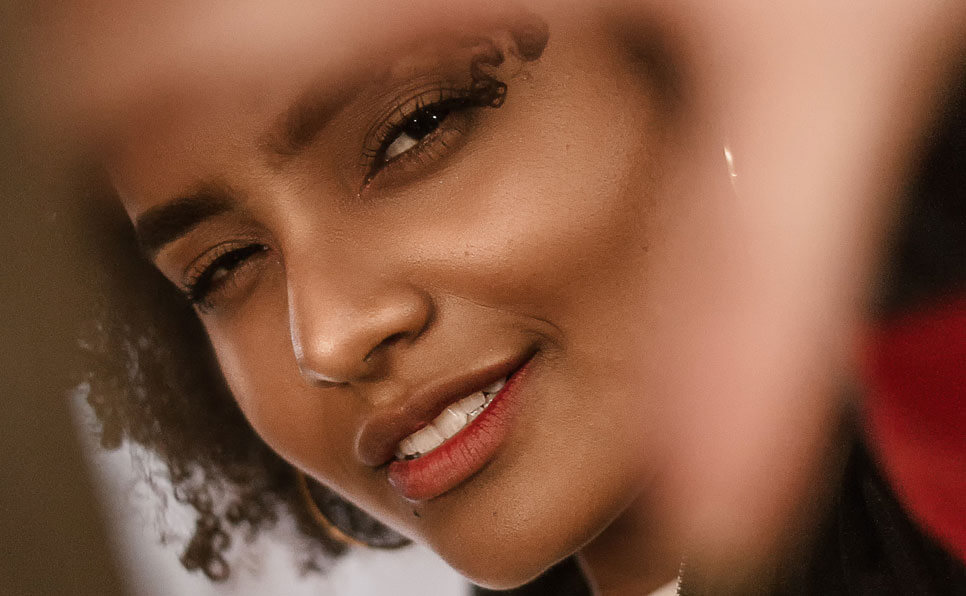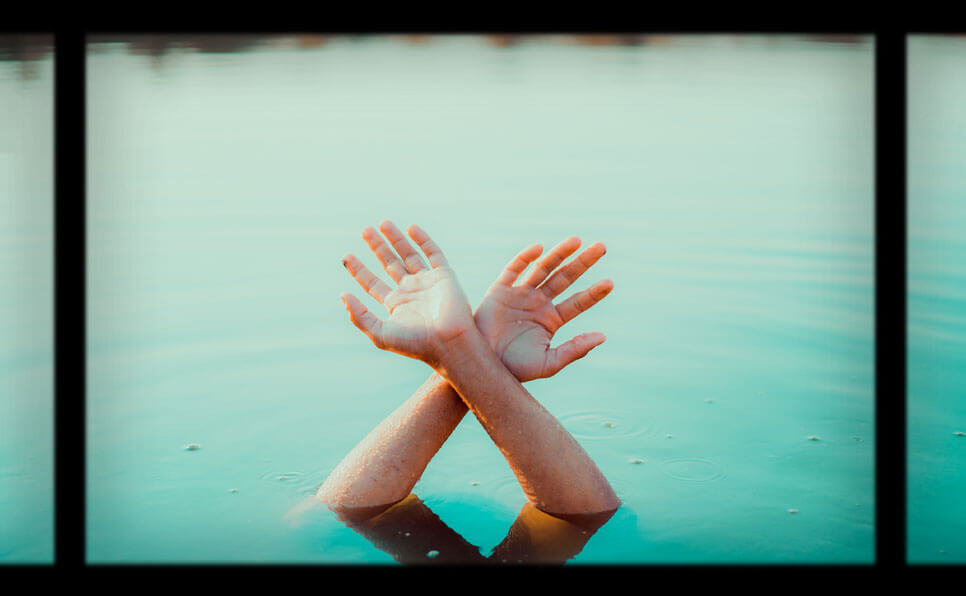Hi everyone, I’m Fawn Sebastian, and today I want to talk about the art of color correction. Whether you’re a photographer, video editor, or simply someone who enjoys working with images, understanding the basics of color correction is crucial. It can elevate your work from “good” to “stunning.” This is the first part of a series where we’ll build a solid foundation in color correction.
Fawn Sebastian on the Art of Color Correction, Part One
What is Color Correction?
Simply put, color correction aims to fix inaccurate or unnatural colors in an image, making it appear as true to life as possible or aligning with your creative vision. It’s distinct from color grading, which focuses on stylized color treatments, while color correction is more about technical accuracy.
Imagine you took an indoor photo that looks too yellow due to the lighting. Color correction is like putting the “right glasses” on the photo, making it look more natural.
The Fundamental Elements of Color Correction
Color correction primarily involves these key elements:
White Balance: White balance corrects the color temperature in an image. It ensures that white objects appear white under different light sources, affecting how other colors are rendered. Common white balance presets include Daylight, Cloudy, Tungsten, and Fluorescent.
Exposure: Exposure controls the overall brightness of an image. Overexposure makes the image too bright, losing detail in the highlights; underexposure makes it too dark, losing detail in the shadows.
Contrast: Contrast is the difference between the lightest and darkest areas of an image. High contrast makes the image look more dramatic, while low contrast makes it look flatter.
Saturation: Saturation controls the intensity of colors. High saturation makes colors more vibrant and intense; low saturation makes them duller and closer to grayscale.
Essential Tools for Color Correction
Most image editing software provides these basic tools for color correction:
Temperature/Tint Sliders: Used to adjust white balance. Temperature controls the balance between blue and yellow, while tint controls the balance between green and magenta.
Exposure/Brightness Sliders: Used to adjust the overall brightness of the image.
Contrast Slider: Used to adjust the contrast of the image.
Saturation Slider: Used to adjust the intensity of colors.
Curves: A more advanced tool that allows for precise control over color and contrast across different tonal ranges.
A Basic Color Correction Workflow
A typical color correction workflow involves these steps:
- Adjust White Balance: Ensure the whites in the image look white.
- Adjust Exposure: Set the appropriate brightness for the image.
- Adjust Contrast: Add or reduce contrast to achieve the desired look.
- Adjust Saturation: Fine-tune the color intensity.
This article introduced the basic concepts and tools of color correction. Mastering these fundamentals is the foundation for more advanced color work. In the next part, we’ll delve into more advanced techniques like secondary color correction and color grading. Stay tuned!


